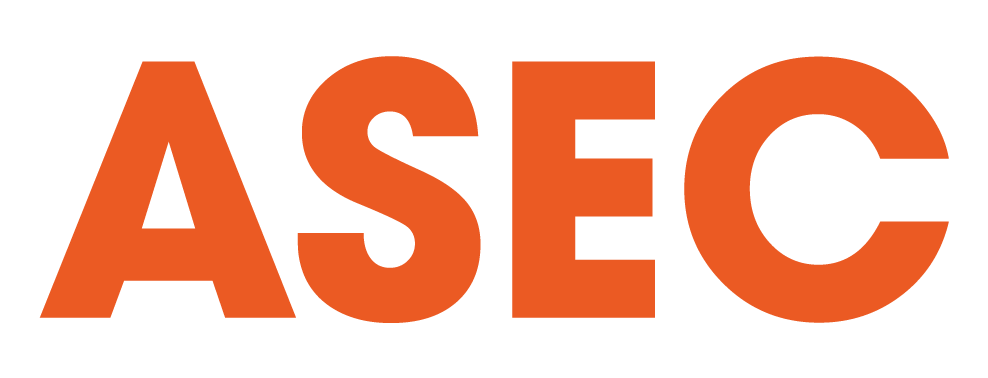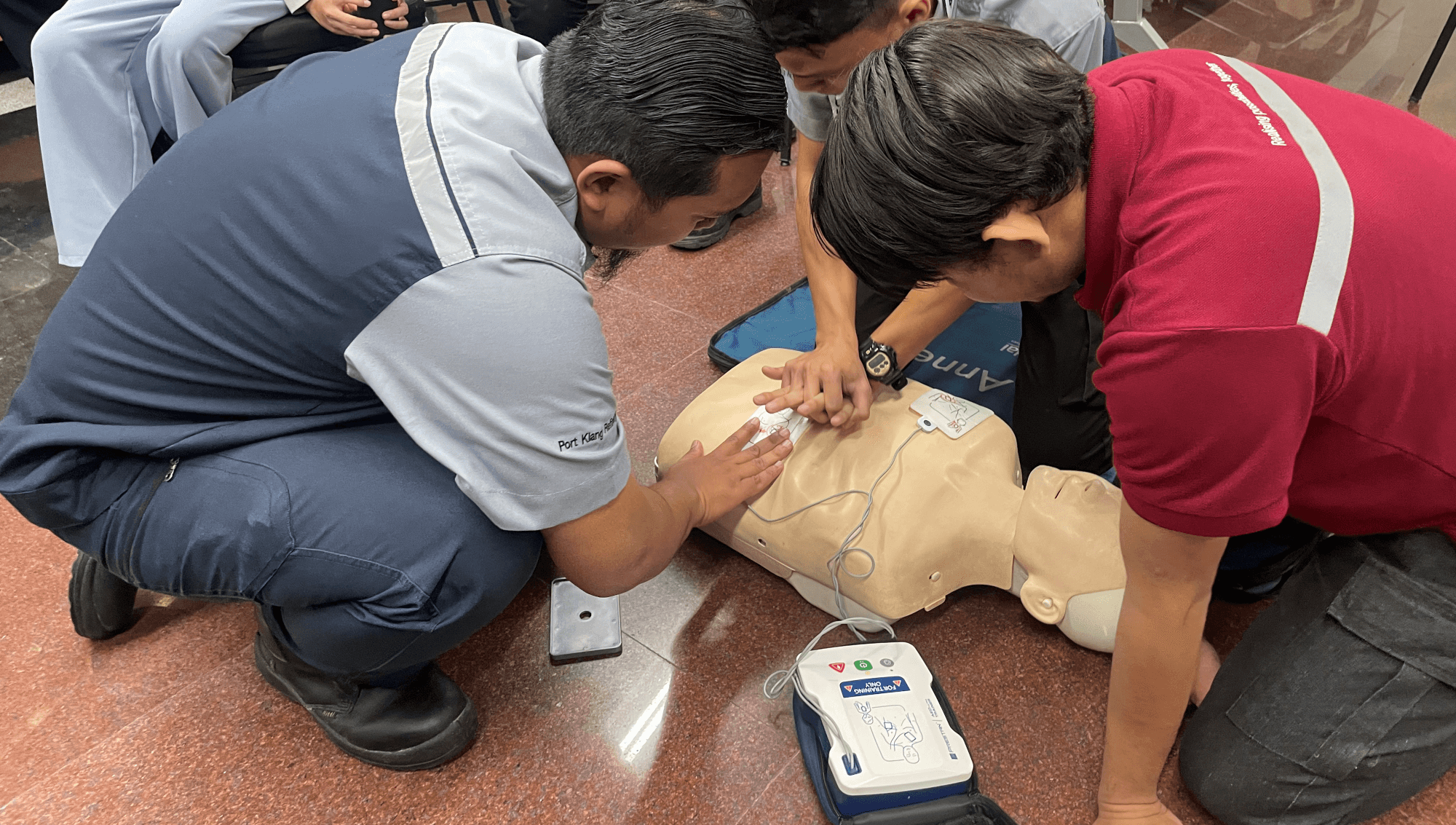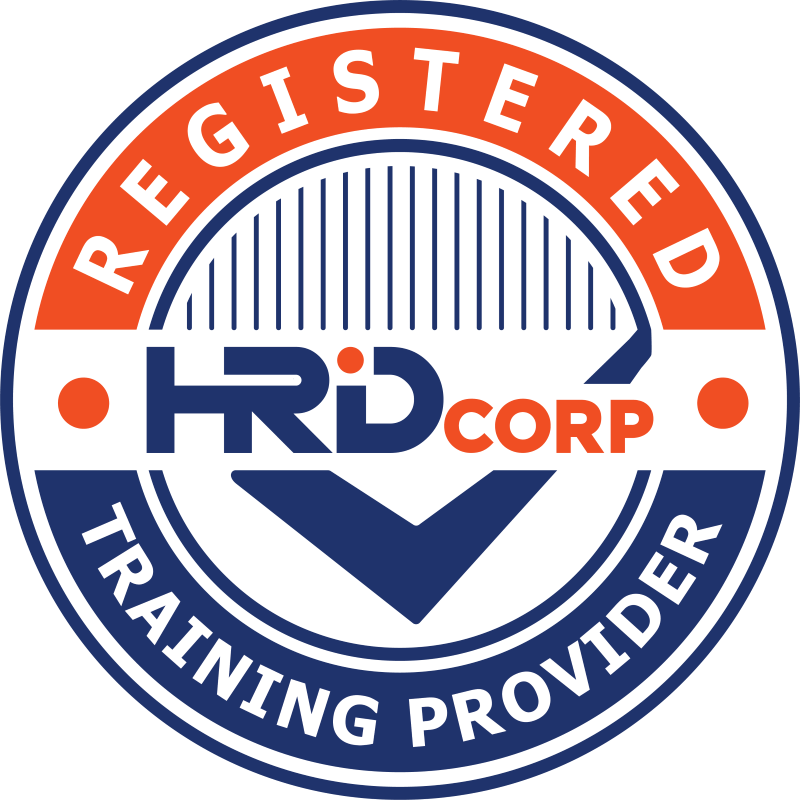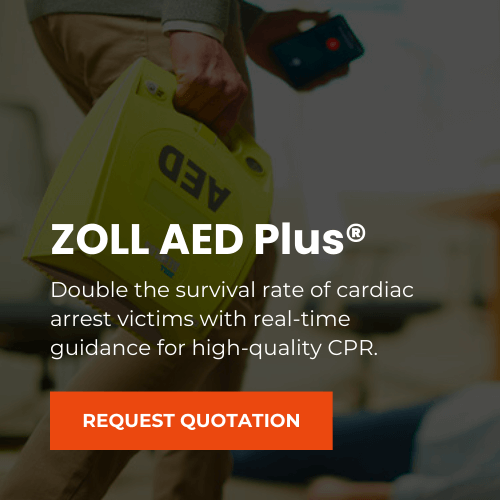An automated external defibrillator (AED) is used together with cardiopulmonary resuscitation (CPR) to restore the heart rhythm of a sudden cardiac arrest victim. Unlike the manual external defibrillators used by healthcare professionals with an electrocardiogram, untrained laypersons can use an AED with ease. AED analyzes the victim’s heart rhythm and delivers an electric shock automatically at the right interval. It is a portable medical device that should be accessible at all times in the workplace for several reasons.
AEDs increase the survival rate of cardiac arrest victims to 50-70%
According to research cited in the Emergency Medical Journal, the usage of AED on cardiac arrest victims can increase the survival rate by at least 50% compared to those who only receive CPR. The latter has a survival rate of only 7-10% without an AED. AED can be considered the most advanced invention for resuscitation where it buys time for the arrival of professional help. It is an essential tool for first aid and emergency care.
Coronary artery disease is the leading cause of death in Malaysia
Coronary artery disease is caused by cholesterol deposits in the heart arteries that can eventually lead to heart attack or cardiac arrest. Excluding death due to the COVID-19 pandemic, coronary artery disease is the leading cause of death and takes up 13.7% of the principal causes of death in the country in 2021 alone which contributed to the death of nearly 21,000 Malaysians. With a high number of coronary artery disease patients, AED on standby increases the survival rate should heart attack or cardiac arrest happen out-of-hospital.
Very few out-of-hospital cardiac arrest (OHCA) victims received hospital treatment
Cited from the findings from the Pan Asian Resuscitation Outcomes Study (PAROS), the Ministry of Health (MOH) found that out of all OHCA cases in Malaysia between 2009 and 2012:
- Only 22.6% of victims received CPR.
- Only 2.6% received AED help.
- Only 12.7% received adrenaline shots from the prehospital response team.
All in all, only 8% of these OHCA victims received further treatment at a hospital. AED access could increase the chances of the victims reaching the hospitals for proper treatment and care.
——
Taking into consideration that coronary artery disease is a leading cause of death in Malaysia and the AED can drastically increase the survival rate of cardiac arrest victims, the AED should be an important device to be made accessible in the workplace since we spend a lot of time at work. While AED has been made compulsory only in governmental buildings and public premises to date, having AED in the workplace together with first aid training can better equip employees to respond to cardiac arrest cases.



